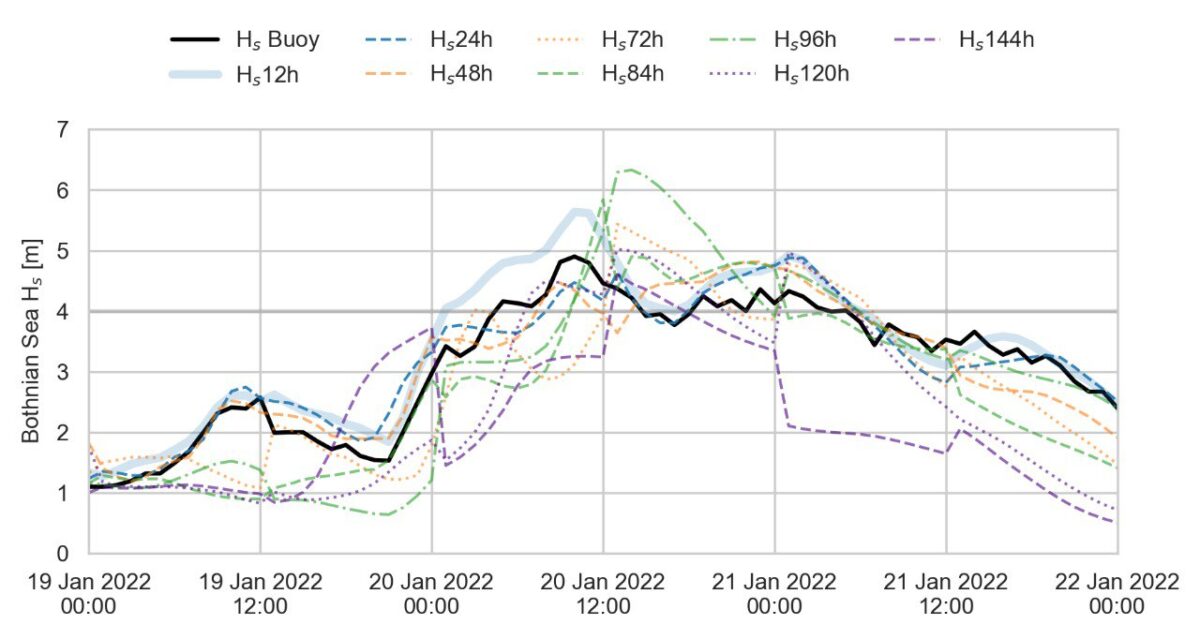Vol. 59, No. 1, 2024
Abstract
The Muzaffargarh region’s Horizontal-to-Vertical Spectral Ratio (HVSR) is performed using ambient noise and three seismic events from local to teleseismic distances. Local site parameters such as the fundamental frequencies of the soft soil layer above bedrock and peak amplitudes of corresponding HVSR are estimated. The average fundamental frequency of the site based on earthquake data using five stations installed at Muzaffargarh (thick sediments) is 1.2 Hz, while higher fundamental site frequency (3.67 Hz) is observed at another station that is installed on hard rock in a nearby location. Similar results of HVSR are validated by using ambient noise data recorded by these stations. Relatively low frequency fundamental site frequency peak (∼ 1Hz) of seismic motion is associated with the existence of homogenous sedimentary cover (∼ 60m) in the area. Seismic vulnerability index (6.72 to 9.63) is also calculated from fundamental site frequency and amplitude values for quantification of seismic hazard potential in the study area. These local soil conditions play a vital role in evaluation of the seismic response of structures, seismic hazard assessment and earthquake risk mitigation. Similarly, site effects estimation is an important procedure for highlighting frequencies of subsurface shallow layers and to ensure that they are not critically close to natural frequencies of buildings in the area.
